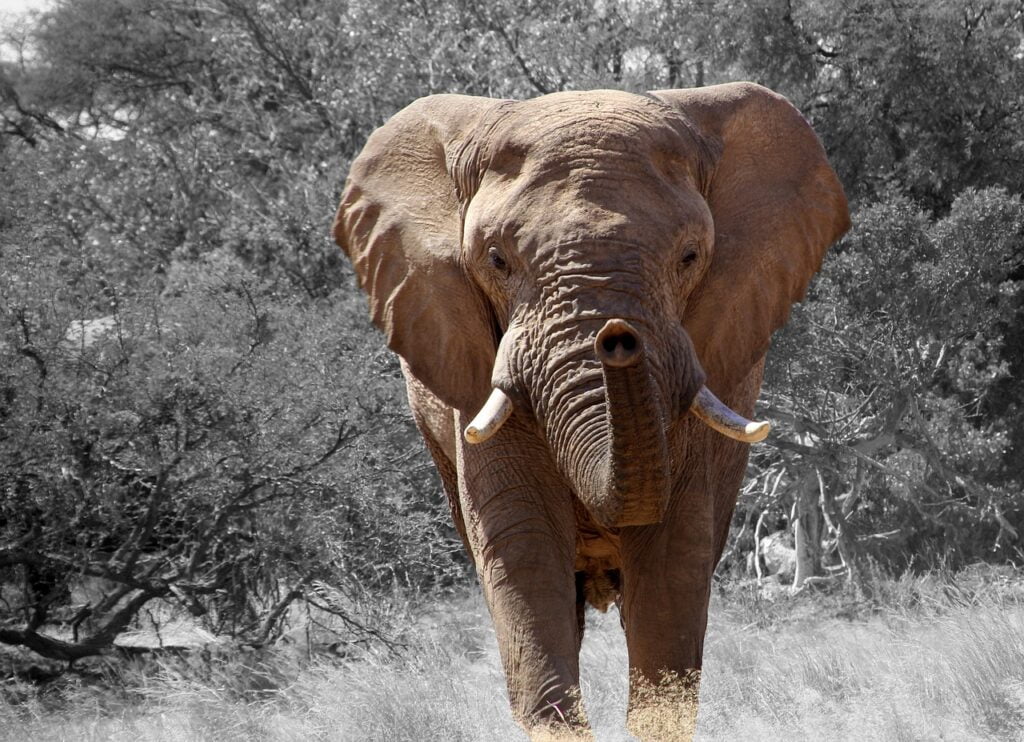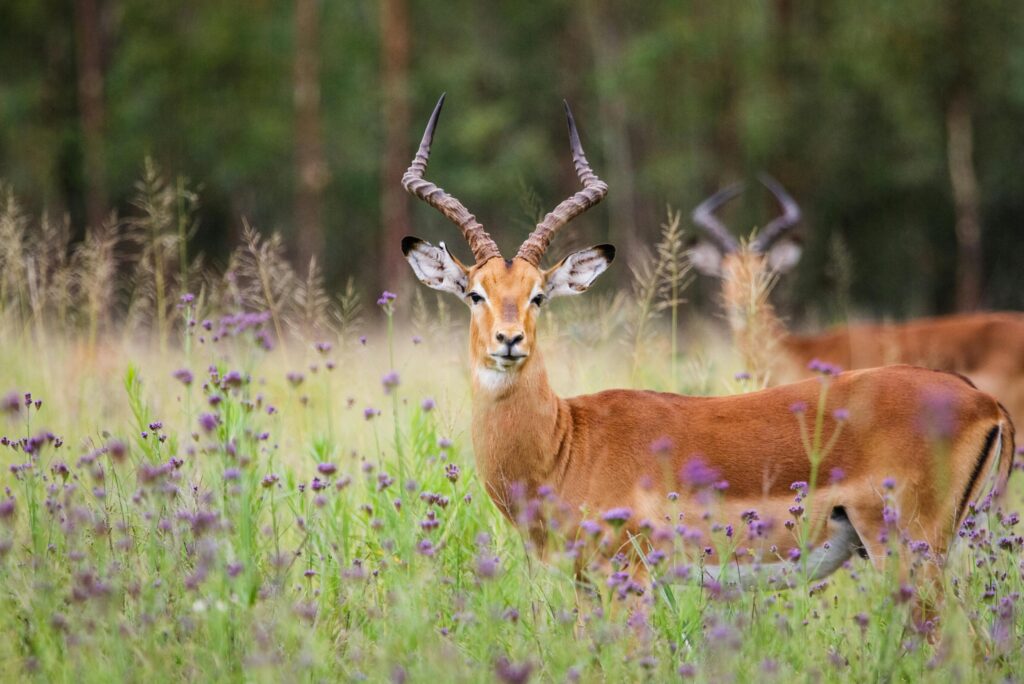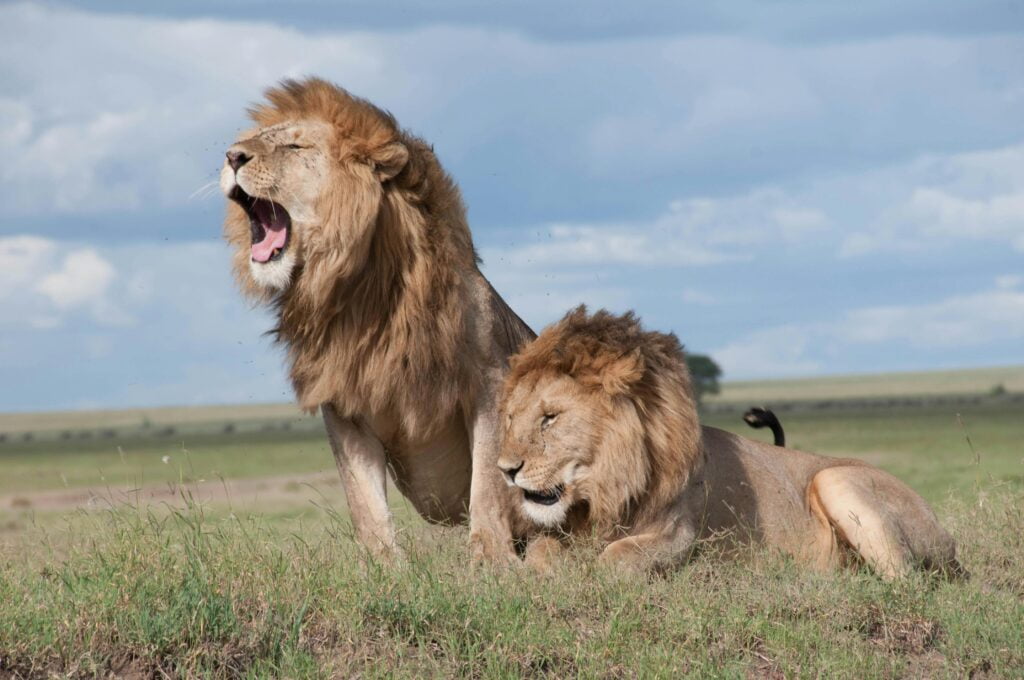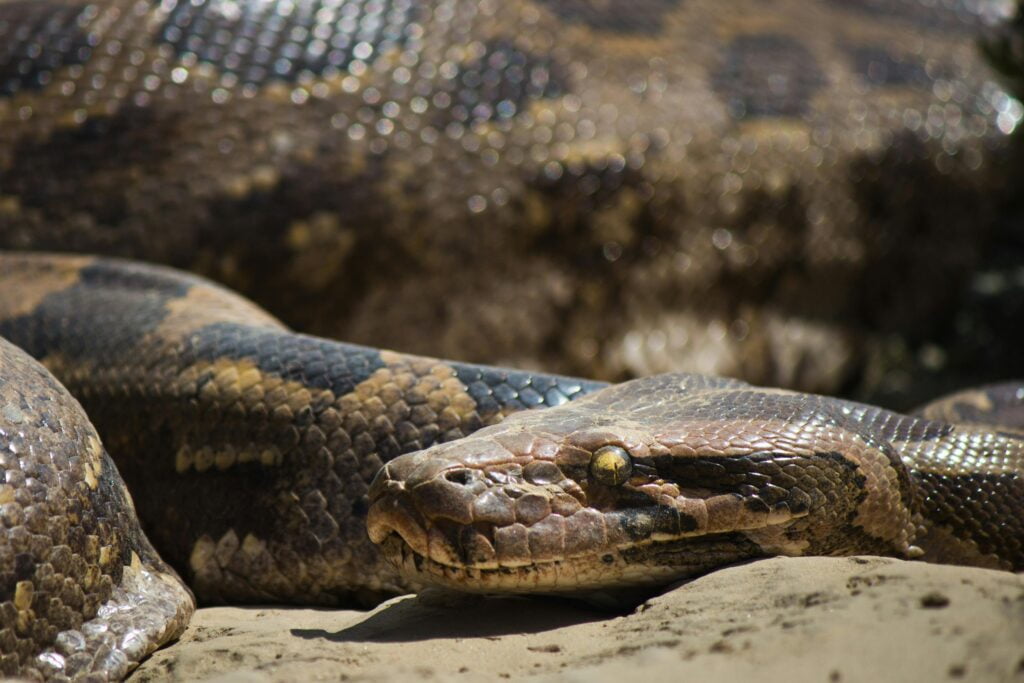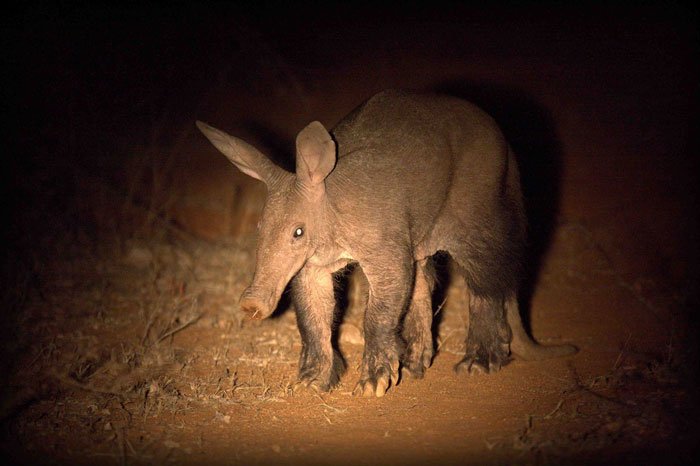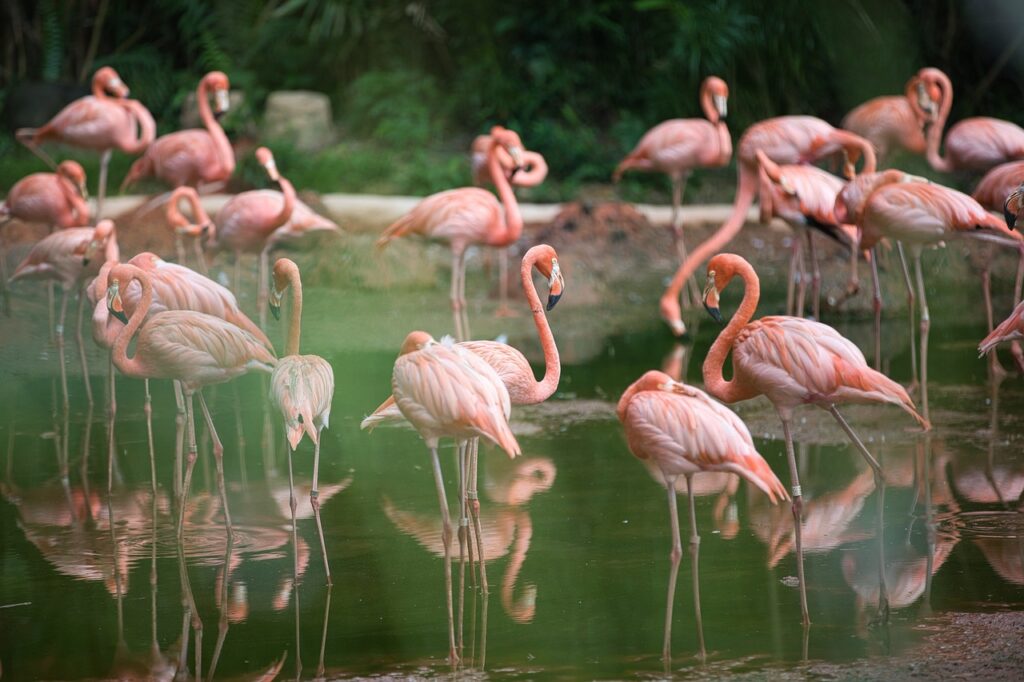Digital Detox: Unplugging and Reconnecting with Nature in Tanzania
In today’s fast-paced, technology-driven world, the constant buzz of notifications and the lure of digital screens can make it challenging to find moments of true peace and connection. If you’re yearning to escape the digital chaos and immerse yourself in the serene beauty of nature, Tanzania offers the perfect sanctuary for a rejuvenating digital detox. Join Future African Safari as we explore how you can unplug from the digital world and reconnect with nature in one of Africa’s most stunning destinations. Why a Digital Detox? A digital detox involves taking a break from electronic devices to reduce stress, improve mental well-being, and enhance your connection with the world around you. Benefits include: Reduced Stress: Disconnecting from technology can lower cortisol levels, helping you feel more relaxed and centered. Enhanced Presence: Being present in the moment allows you to fully experience your surroundings and engage more deeply with your environment. Improved Relationships: Spending quality time without digital distractions fosters stronger connections with travel companions and locals. Boosted Creativity: Unplugging can spark creativity and provide the mental space needed for reflection and inspiration. Tanzania: The Ideal Destination for a Digital Detox Tanzania’s diverse landscapes, from expansive savannahs to tranquil beaches, provide the perfect backdrop for disconnecting and recharging. Here’s how Tanzania caters to your digital detox needs: 1. Serene Safari Experiences Immerse yourself in the heart of Africa’s wilderness with guided safaris that prioritize tranquility and mindfulness. Private Game Drives: Enjoy intimate encounters with wildlife in exclusive vehicles, allowing you to fully appreciate the sights and sounds of the savannah without the distractions of crowds or constant communication. Guided Nature Walks: Traverse the bush on foot with experienced guides who teach you to observe and connect with nature, enhancing your sensory awareness and presence. Luxury Lodges and Camps: Stay in accommodations that emphasize comfort and minimalism, often offering limited or no Wi-Fi to encourage relaxation and genuine interaction with your surroundings. 2. Mindful Retreats and Wellness Programs Tanzania is home to numerous wellness retreats that blend traditional safari experiences with practices aimed at enhancing mental and physical well-being. Yoga and Meditation Sessions: Start your day with yoga on the savannah or meditation by a serene waterhole, fostering a deep sense of inner peace and connection with nature. Spa Treatments: Indulge in spa therapies that utilize natural ingredients, helping you unwind and rejuvenate both body and mind. Holistic Workshops: Participate in workshops focused on mindfulness, sustainable living, and personal growth, integrating wellness into your safari adventure. 3. Unplugged Accommodations Choose from a variety of lodging options designed to help you disconnect and fully embrace the natural environment. Eco-Friendly Camps: Experience sustainable living with eco-friendly camps that use renewable energy sources and natural materials, promoting harmony with the environment. Treehouse Lodges: Stay in elevated treehouses that offer stunning views and a unique perspective on the wilderness, encouraging you to disconnect from the ground and digital distractions. Beachfront Villas: Relax on the pristine beaches of Zanzibar or the Tanzanian coast, where the only sounds are waves and the rustling of palm trees, providing a perfect setting for digital detox. Activities to Enhance Your Digital Detox Engage in activities that promote mindfulness and a deeper connection with nature, helping you leave the digital world behind. 1. Wildlife Photography Capture the beauty of Tanzania’s wildlife without the need for constant connectivity. Photography encourages you to observe closely and appreciate the intricate details of nature. 2. Stargazing Experience the magic of the African night sky. Without city lights and digital distractions, stargazing becomes a profound and awe-inspiring activity. 3. Cultural Immersion Interact with local communities and learn about their traditions and lifestyles. Cultural immersion fosters meaningful connections and enriches your travel experience without the need for digital engagement. Tips for a Successful Digital Detox in Tanzania Maximize your digital detox experience with these practical tips: Set Clear Intentions: Define your goals for the detox, whether it’s reducing stress, enhancing creativity, or simply enjoying nature. Inform Your Contacts: Let friends and family know you’ll be unplugged to avoid unnecessary concerns or interruptions. Pack Accordingly: Bring essential items such as books, journals, or sketchpads to keep yourself engaged without relying on digital devices. Embrace the Moment: Focus on the sights, sounds, and experiences around you. Practice mindfulness and gratitude to deepen your connection with nature. Plan Your Digital Detox Safari with Future African Safari Tanzania’s unparalleled natural beauty and commitment to sustainable tourism make it the perfect destination for a digital detox. At Future African Safari, we specialize in crafting personalized safari experiences that cater to your desire to unplug and reconnect with nature. Our expert guides, luxurious accommodations, and diverse range of activities ensure that your digital detox is both enriching and unforgettable. Ready to escape the digital noise and immerse yourself in Tanzania’s natural wonders? Contact Future African Safari today to customize your digital detox safari and embark on a journey that rejuvenates your mind, body, and spirit. Explore more about our safari packages and discover the best of Tanzania with Future African Safari. Your unforgettable African adventure starts here! Kilimanjaro 3 tours Safari 9 tours Zanzibar 3 tours
Digital Detox: Unplugging and Reconnecting with Nature in Tanzania Read More »


